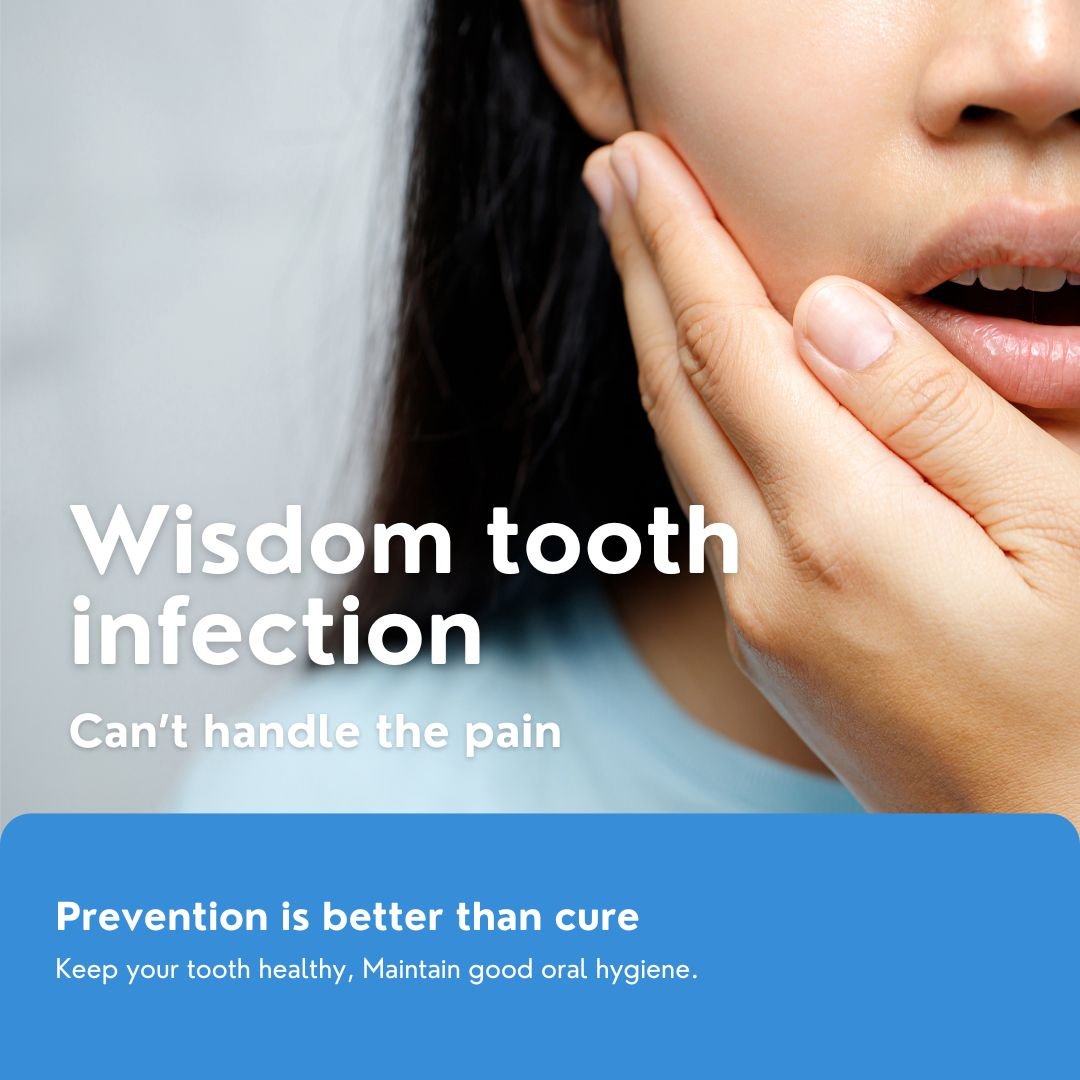Introduction
Every so often, you meet a person whose quiet work ends up helping a lot of people. Naera F is one of those people. She’s a biomedical engineer in Canada, someone who spends her days turning science into tools that make life a bit easier for patients and doctors.
Her story isn’t flashy. It’s full of small wins, late nights, and moments of “aha!” that remind you why curiosity matters. Naera didn’t set out to be famous; she just wanted to fix things that weren’t working right in healthcare. And that’s kind of what makes her story so good.
A Little About Naera F
Naera grew up as the kid who always took things apart. Radios, alarm clocks — you name it, she opened it. Sometimes they went back together, sometimes not so much. That curiosity followed her into college, where she found biomedical engineering — a mix of medicine, design, and problem-solving that instantly felt right.
After finishing her studies, she stayed in Canada, a country known for innovation in healthcare tech. From there, her journey as naera f biomedical engineer canada really took off.
So What Does a Biomedical Engineer Actually Do?
Think of biomedical engineers as the behind-the-scenes builders of modern medicine. They design medical equipment, develop new materials for implants, and even help create software that doctors use every day.
Naera’s work often sits somewhere between engineering and empathy. She asks questions like, “Will this make a nurse’s job easier?” or “Can a patient use this without fear or pain?” That mindset keeps her work human.
How She Found Her Purpose
Naera tells a story from her early internship that changed everything. One day, a machine in a clinic broke down mid-procedure. The delay shook her. She realized that behind every technical glitch is a real person waiting to get better. That moment flipped a switch — she didn’t want to just study machines anymore; she wanted to design ones that never fail when it matters most.
From then on, her work carried that sense of responsibility — practical, grounded, and personal.
Breaking Barriers in a Male-Dominated Field
Engineering isn’t always the easiest space for women. Naera felt that too. Early in her career, she often walked into rooms where she was the only woman. But she learned to turn that into motivation instead of pressure.
Now she mentors young women who want to join science and tech fields. She tells them it’s okay to speak up, to ask the extra question, to take up space. Her presence reminds people that talent doesn’t have a gender tag.
Why Canada Is a Good Place for Biomedical Engineers
Canada gives biomedical innovators plenty of room to explore ideas. It’s got great universities, research funding, and a health system open to testing new tech. Here’s a quick look at how it compares globally:
| Country | Research Funding | Innovation Culture | Work-Life Balance | Collaboration in Healthcare |
|---|---|---|---|---|
| Canada | High | Supportive | Excellent | Very Strong |
| USA | Very High | Competitive | Moderate | Strong |
| UK | Good | Balanced | Good | Good |
| Germany | Strong | Methodical | Good | Excellent |
That environment lets professionals like naera f biomedical engineer canada focus on solving problems instead of fighting for resources.
Projects That Show Her Impact
1. Smart Prosthetics
Naera worked on a prosthetic arm that “learns” from how its user moves. The more it’s used, the smoother it gets — kind of like how a phone predicts your next word.
2. Clearer Medical Data
She helped design a software dashboard that turns messy hospital data into easy-to-read visuals. Doctors can see patient progress at a glance instead of scrolling through endless charts.
3. Portable Diagnostics
Another project involved a small handheld device that checks blood samples in minutes. It’s already helping clinics in remote parts of Canada where lab access is limited.
Each idea started simple — “How can this be easier?” — and grew from there.
Real-World Challenges
It’s not all smooth sailing. Biomedical engineers face strict testing rules, long approval processes, and occasional design flops. Naera has had her fair share of late nights fixing what didn’t work the first ten times.
She laughs about it now, saying, “If everything worked right away, I’d be out of a job.” That humor — and patience — keeps her moving forward.
Also read: Discover How Gynecube Is Changing Women’s Care
Keeping the Human Touch
Technology can feel cold sometimes, but Naera never lets that happen. She often meets with doctors and patients before finalizing a design, listening to how they actually use the tools. That feedback shapes her work more than any textbook could.
Her approach has a name in her field — human-centered design. But she just calls it common sense.
Her Philosophy in a Sentence
Naera likes to say, “Good tech disappears.” She means that the best inventions don’t scream for attention; they simply work so well that people forget they’re even using them.
That belief guides her process — keep it simple, make it useful, and design for real life, not a lab demo.
Recognition and Moments That Matter
Over the years, Naera’s quiet persistence has earned her a few nods:
- 🏆 Innovation Award for Smart Prosthetics Design
- 🎓 STEM Mentor Recognition for supporting young women in engineering
- 💡 Grant for AI-assisted medical visualization tools
Still, when asked about achievements, she points to the first time she saw one of her devices used in a hospital. “That,” she says, “was the real award.”

What We Can Learn from Her
Here are a few simple lessons from Naera’s path that apply to almost anyone:
- Stay curious. Ask questions even when they sound silly.
- Be patient. Progress takes longer than you think.
- Keep empathy close. It’s the heart of good work.
- Share what you know. Someone else might need it.
Those ideas have carried her through the ups and downs of her career.
Looking Ahead
The future of biomedical engineering in Canada looks exciting. Fields like artificial intelligence, nanotech, and wearable sensors are expanding fast.
Naera’s next big interest? Predictive health sensors — small devices that can warn people of possible health issues before symptoms even show up. Imagine a smartwatch that gently tells you it’s time to check your blood sugar or rest your heart. That’s the kind of thing she’s dreaming up now.
She often says, “Good healthcare should feel like help, not hassle.” And that’s the direction she’s steering her work toward.
Conclusion
Naera F’s story reminds us that real change doesn’t always start loud. Sometimes it begins with quiet curiosity and the patience to keep improving what already exists.
Her work as a biomedical engineer in Canada shows how science, when paired with compassion, can touch lives in ways statistics can’t fully capture. She’s not chasing fame — she’s fixing real problems, one idea at a time.
If you ever needed proof that technology can have a heart, just look at her journey.
FAQs
1. Who is Naera F?
She’s a biomedical engineer based in Canada, known for designing medical devices that make everyday healthcare simpler and smarter.
2. What kind of projects has she done?
From adaptive prosthetics to portable diagnostics, her work focuses on real-world usefulness.
3. Why is her story inspiring?
Because she built a career around empathy, not ego — and that’s rare in tech.
4. What skills does a biomedical engineer need?
Problem-solving, curiosity, teamwork, and a strong understanding of both biology and engineering.
5. What’s next for Naera F?
She’s exploring wearable biosensors that could help detect health issues early, especially in rural communities.
Thanks for visit Techywil











